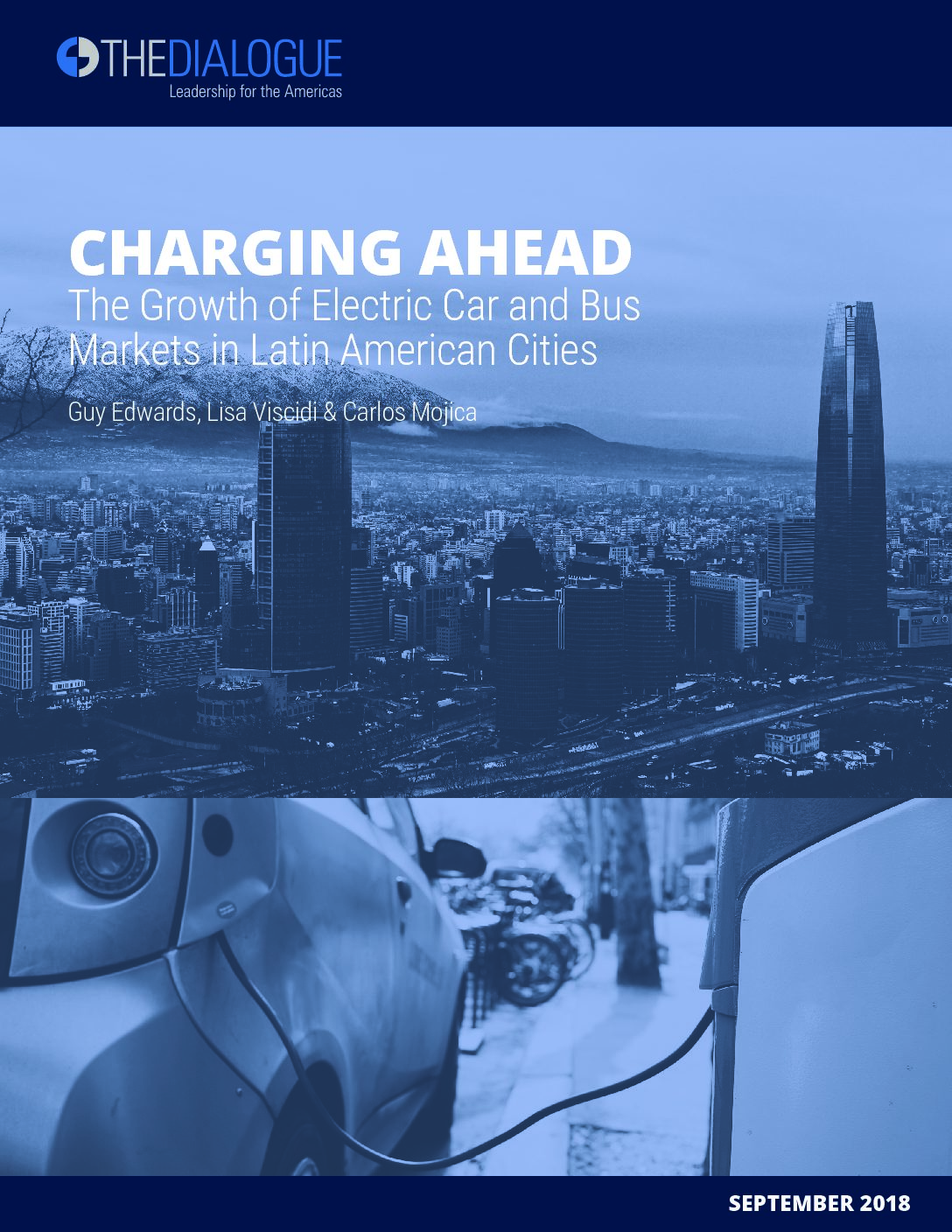Rising Brazil: The Choices Of A New Global Power
What should we expect from a newly powerful Brazil? Does the country have the capacity and leadership to be a central actor in addressing critical global and regional problems?
This post is also available in: Español
Although electric mobility is at an early stage in Latin America, several cities have made significant advances. “Charging Ahead: The Growth of Electric Car and Bus Markets in Latin American Cities," a new report by the Inter-American Dialogue, addresses a number of critical questions about electric transportation in Latin America, drawing on case studies of six urban electric car and bus markets that have seen among the fastest growth in the region.
To further advance the electrification of transport in Latin America the report recommends four key policies:
The report is authored by Guy Edwards, research fellow and co-director of the Climate and Development Lab at Brown University; Lisa Viscidi, director of the Energy, Climate Change & Extractive Industries Program at the Inter-American Dialogue; and Carlos Mojica, urban transport senior specialist at the Inter-American Development Bank.
This report was made possible by support from BMW Group.
What should we expect from a newly powerful Brazil? Does the country have the capacity and leadership to be a central actor in addressing critical global and regional problems?
President Lula da Silva triumphantly announced that he and his Turkish counterpart had persuaded Iran to shift a major part of its uranium enrichment program overseas—an objective that had previously eluded the US and other world powers. Washington, however, was not applauding.
In the past year, the Bolivian government has emerged as an outspoken critic of climate change policies.
